Beach season has started across Japan, which means seafood for holiday makers and good times for business owners. But in Fukushima, that may end soon.
Within weeks, the tsunami-hit Fukushima Daiichi nuclear power plant is expected to start releasing treated radioactive wastewater into the sea, a highly contested plan still facing fierce protests in and outside Japan.
The residents worry that the water discharge 12 years after the nuclear disaster could deal another setback to Fukushima’s image and hurt their businesses and livelihoods.
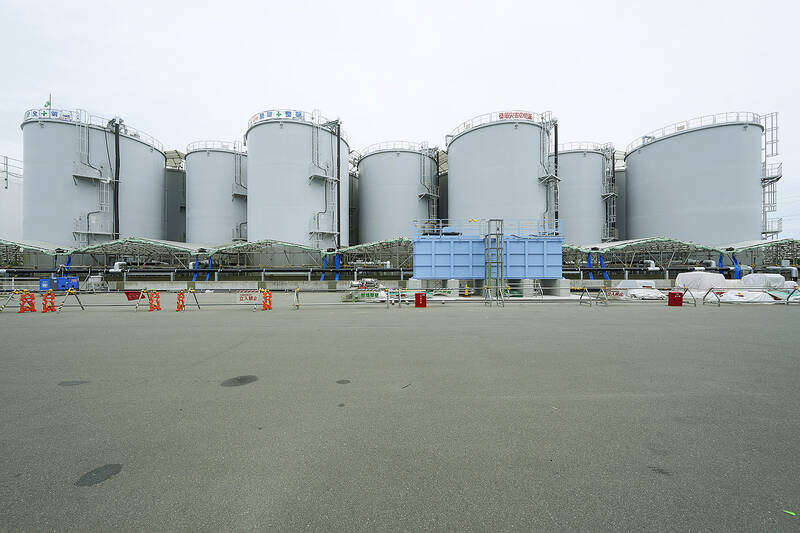
Photo: AP
“Without a healthy ocean, I cannot make a living.” said Yukinaga Suzuki, a 70-year-old innkeeper at Usuiso beach in Iwaki about 50 kilometers south of the plant. And the government has yet to announce when the water release will begin.
It’s not yet clear whether, or how, damaging the release will be. But residents say they feel shikataganai — meaning helpless.
Suzuki has requested officials to hold the plan at least until the swimming season ends in mid-August.
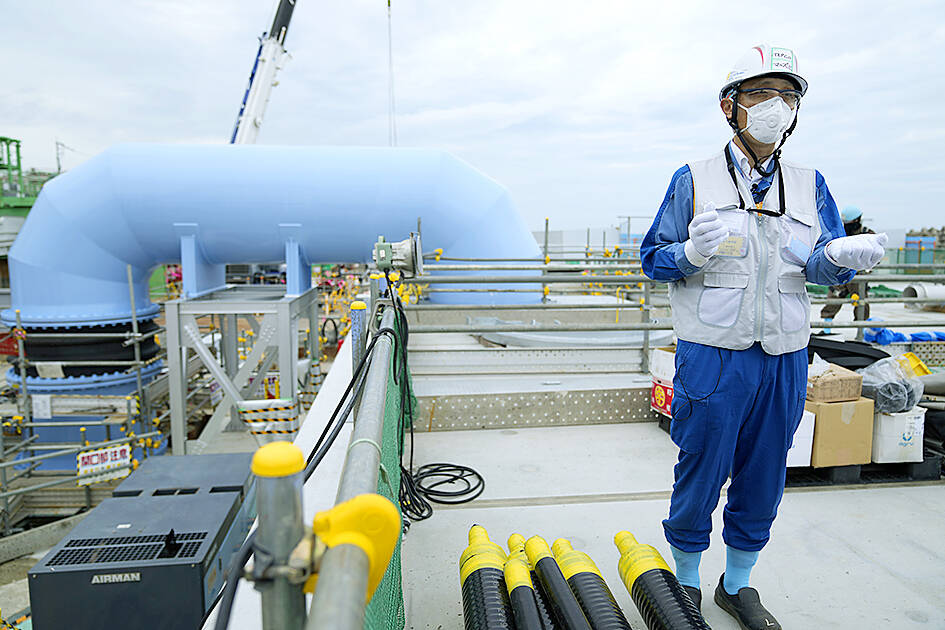
Photo: AP
“If you ask me what I think about the water release, I’m against it. But there is nothing I can do to stop it as the government has one-sidedly crafted the plan and will release it anyway,” he said. “Releasing the water just as people are swimming at sea is totally out of line, even if there is no harm.”
The beach, he said, will be in the path of treated water traveling south on the Oyashio current from off the coast of Fukushima Daiichi.
The government and the operator, Tokyo Electric Power Company Holdings, or TEPCO, have struggled to manage the massive amount of contaminated water accumulating since the 2011 nuclear disaster, and announced plans to release it to the ocean during the summer.
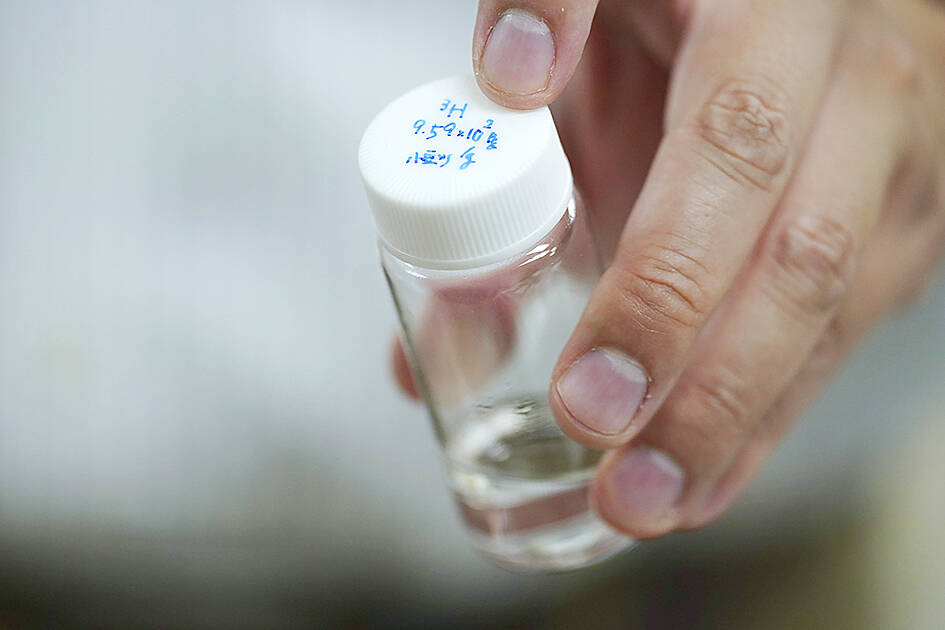
Photo: AP
They say the plan is to treat the water, dilute it with more than a hundred times the seawater and then release it into the Pacific Ocean through an undersea tunnel. Doing so, they said, is safer than national and international standards require.
‘WE DON’T KNOW IF IT’S SAFE’
Suzuki is among those who are not fully convinced by the government’s awareness campaign that critics say only highlights safety. “We don’t know if it’s safe yet,” Suzuki said. “We just can’t tell until much later.”
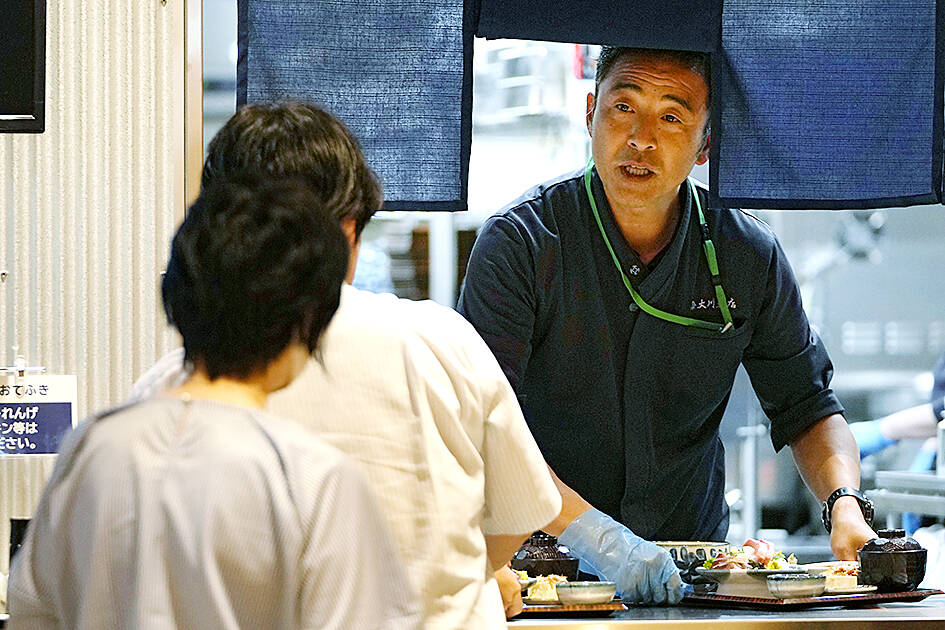
Photo: AP
The Usuiso area used to have more than a dozen family-run inns before the disaster. Now, Suzuki’s half-century old Suzukame, which he inherited from his parents 30 years ago, is the only one still in business after surviving the tsunami. He heads a safety committee for the area and operates its only beach house.
Suzuki says his inn guests won’t mention the water issue if they cancel their reservations and he would only have to guess. “I serve fresh local fish to my guests, and the beach house is for visitors to rest and chill out. The ocean is the source of my livelihood.”
The March 11, 2011, earthquake and tsunami destroyed the Fukushima Daiichi plant’s cooling systems, causing three reactors to melt and contaminating their cooling water, which has since leaked continuously. The water is collected, filtered and stored in some 1,000 tanks, which will reach their capacity in early 2024.
The government and TEPCO say the water must be removed to make room for the plant’s decommissioning, and to prevent accidental leaks from the tanks because much of the water is still contaminated and needs retreatment.
Katsumasa Okawa, who runs a seafood business in Iwaki, says those tanks containing contaminated water bother him more than the treated water release. He wants to have them removed as soon as possible, especially after seeing “immense” tanks occupying much of the plant complex during his visit few years ago.
An accidental leak would be “an ultimate strikeout ... It will cause actual damage, not reputation,” Okawa says. “I think the treated water release is unavoidable.” It’s eerie, he adds, to have to live near the damaged plant for decades.
Fukushima’s badly hit fisheries community, tourism and the economy are still recovering. The government has allocated 80 billion yen (US$573 million) to support still-feeble fisheries and seafood processing and combat potential reputation damage from the water release.
His wife evacuated to her parents’ home in Yokohama, near Tokyo with their four children, but Okawa stayed in Iwaki to work on reopening the store. In July, 2011, Okawa resumed sale of fresh fish — but none from Fukushima.
Local fishing was returning to normal operation in 2021 when the government announced the water release plan.
Fukushima’s local catch today is still about one-fifth of its pre-disaster levels due to a decline in the fishing population and smaller catch sizes.
Japanese fishing organizations strongly opposed Fukushima’s water release, as they worry about further damage to the reputation of their seafood as they struggle to recover. Groups in South Korea and China have also raised concerns, turning it a political and diplomatic issue. Hong Kong has vowed to ban the import of aquatic products from Fukushima and other Japanese prefectures if Tokyo discharges treated radioactive wastewater into the sea.
‘SCIENTIFIC AND SAFE’
China plans to step up import restrictions and Hong Kong restaurants began switching menus to exclude Japanese seafood. Agricultural Minister Tetsuro Nomura acknowledged some fishery exports from Japan have been suspended at Chinese customs, and that Japan was urging Beijing to honor science.
“Our plan is scientific and safe, and it is most important to firmly convey that and gain understanding,” TEPCO official Tomohiko Mayuzumi told The Associated Press during its plant visit. Still, people have concerns and so a final decision on the timing of the release will be a “a political decision by the government,” he said.
Japan sought support from the International Atomic Energy Agency for transparency and credibility. IAEA’s final report, released this month and handed directly to Prime Minister Fumio Kishida, concluded that the method meets international standards and its environmental and health impacts would be negligible. IAEA Director General Rafael Grossi said radioactivity in the water would be almost undetectable and there is no cross-border impact.
Scientists generally agree that environmental impact from the treated water would be negligible, but some call for more attention on dozens of low-dose radionuclides that remain in the water, saying data on their long-term effect on the environment and marine life is insufficient.
Radioactivity of the treated water is so low that once it hits the ocean it will quickly disperse and become almost undetectable, which makes pre-release sampling of the water important for data analysis, said University of Tokyo environmental chemistry professor Katsumi Shozugawa.
He said the release can be safely carried out and trusted “only if TEPCO strictly follows the procedures as planned.” Diligent sampling of the water, transparency and broader cross-checks — not just limited to IAEA and two labs commissioned by TEPCO and the government — is key to gaining trust, Shozugawa said.
Japanese officials characterize the treated water as a tritium issue, but it also contains dozens of other radionuclides that leaked from the damaged fuel. Though they are filtered to legally releasable levels and their environmental impact deemed minimal, they still require close scrutiny, experts say.
TEPCO and government officials say tritium is the only radionuclide inseparable from water and is being diluted to contain only a fraction of the national discharge cap, while experts say heavy dilution is needed to also sufficiently lower concentration of other radionuclides.
“If you ask their impact on the environment, honestly, we can only say we don’t know,” Shozugawa, referring to dozens of radionuclides whose leakage is not anticipated at normal reactors, he says. “But it is true that the lower the concentration, the smaller the environmental impact,” and the plan is presumably safe, he said.
The treated water is a less challenging task at the plant compared to the deadly radioactive melted debris that remain in the reactors, or the continuous, tiny leaks of radioactivity to the outside.
Shozugawa, who has been regularly measuring radioactivity of groundwater samples, fish and plants near Fukushima Daiichi plant since the disaster, says his 12 years of sampling work shows small amounts of radioactivity from the Fukushima Daiichi has continuously leaked into groundwater and the port at the plant. He says its potential impact on the ecosystem also requires closer attention than the controlled release of the treated water.
TEPCO denies new leaks from the reactors and attributes high cesium in fish sometimes caught inside the port to sediment contamination from initial leaks and a rainwater drainage.
A local fisheries cooperative executive Takayuki Yanai told a recent online event that forcing the water release without public support only triggers reputational damage and hurts Fukushima fisheries. “We don’t need additional burden to our recovery.”
“Public understanding is lacking because of distrust to the government and TEPCO,” he said. “The sense of safety only comes from trust.”
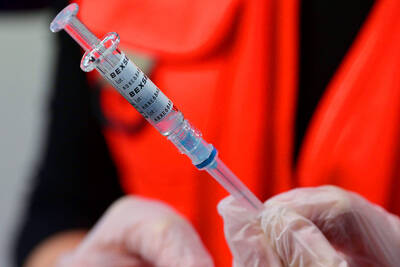
A vaccine to fight dementia? It turns out there may already be one — shots that prevent painful shingles also appear to protect aging brains. A new study found shingles vaccination cut older adults’ risk of developing dementia over the next seven years by 20 percent. The research, published Wednesday in the journal Nature, is part of growing understanding about how many factors influence brain health as we age — and what we can do about it. “It’s a very robust finding,” said lead researcher Pascal Geldsetzer of Stanford University. And “women seem to benefit more,” important as they’re at higher risk of

Last week the Democratic Progressive Party (DPP) said that the budget cuts voted for by the China-aligned parties in the legislature, are intended to force the DPP to hike electricity rates. The public would then blame it for the rate hike. It’s fairly clear that the first part of that is correct. Slashing the budget of state-run Taiwan Power Co (Taipower, 台電) is a move intended to cause discontent with the DPP when electricity rates go up. Taipower’s debt, NT$422.9 billion (US$12.78 billion), is one of the numerous permanent crises created by the nation’s construction-industrial state and the developmentalist mentality it

Experts say that the devastating earthquake in Myanmar on Friday was likely the strongest to hit the country in decades, with disaster modeling suggesting thousands could be dead. Automatic assessments from the US Geological Survey (USGS) said the shallow 7.7-magnitude quake northwest of the central Myanmar city of Sagaing triggered a red alert for shaking-related fatalities and economic losses. “High casualties and extensive damage are probable and the disaster is likely widespread,” it said, locating the epicentre near the central Myanmar city of Mandalay, home to more than a million people. Myanmar’s ruling junta said on Saturday morning that the number killed had

Mother Nature gives and Mother Nature takes away. When it comes to scenic beauty, Hualien was dealt a winning hand. But one year ago today, a 7.2-magnitude earthquake wrecked the county’s number-one tourist attraction, Taroko Gorge in Taroko National Park. Then, in the second half of last year, two typhoons inflicted further damage and disruption. Not surprisingly, for Hualien’s tourist-focused businesses, the twelve months since the earthquake have been more than dismal. Among those who experienced a precipitous drop in customer count are Sofia Chiu (邱心怡) and Monica Lin (林宸伶), co-founders of Karenko Kitchen, which they describe as a space where they